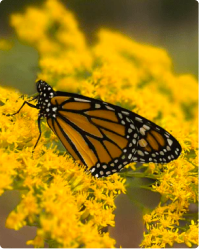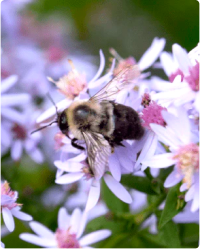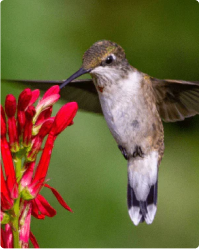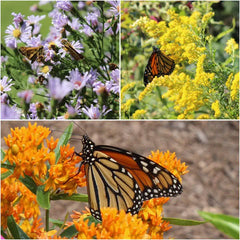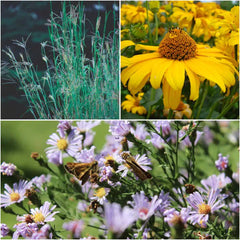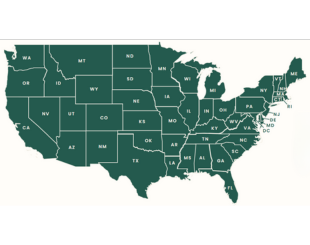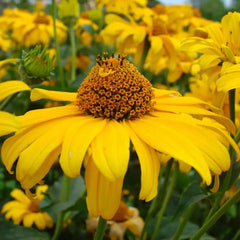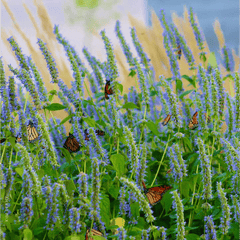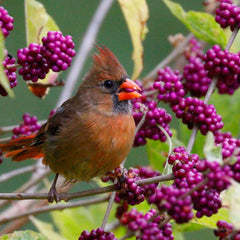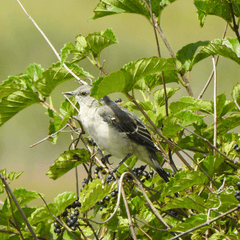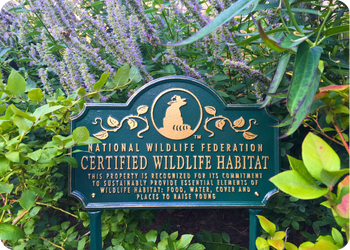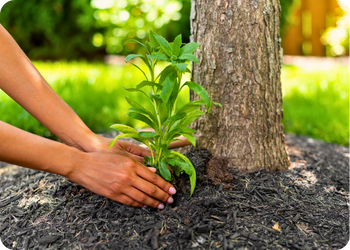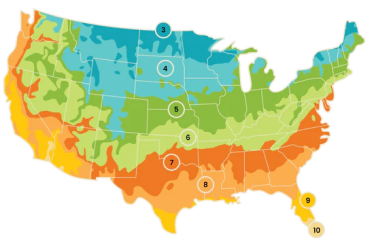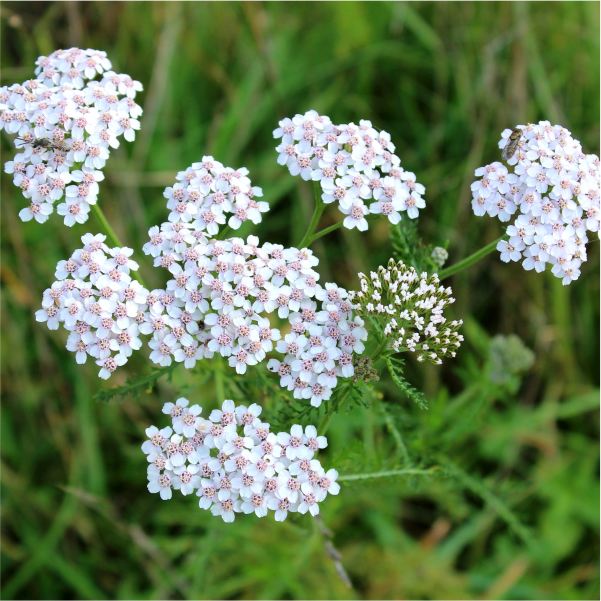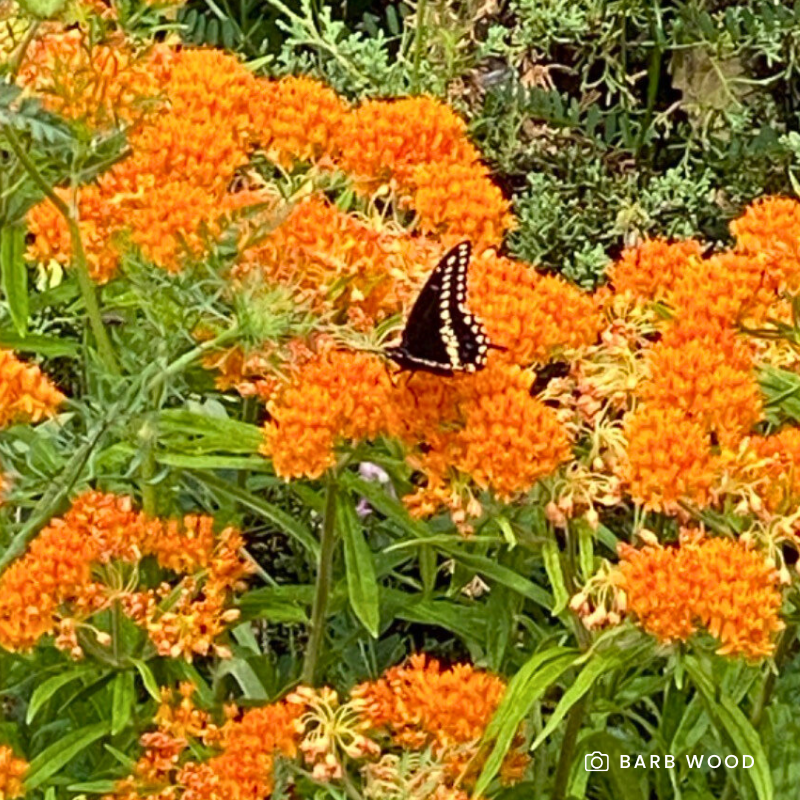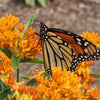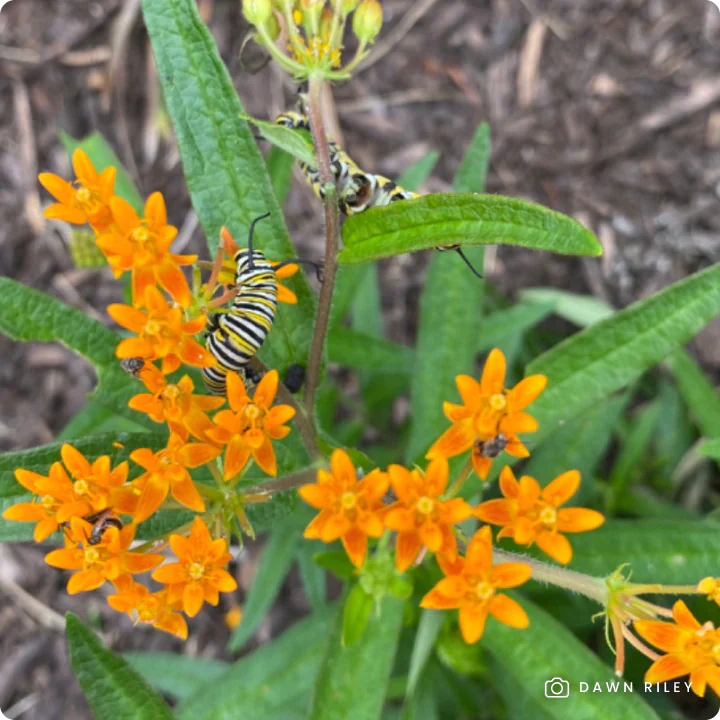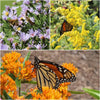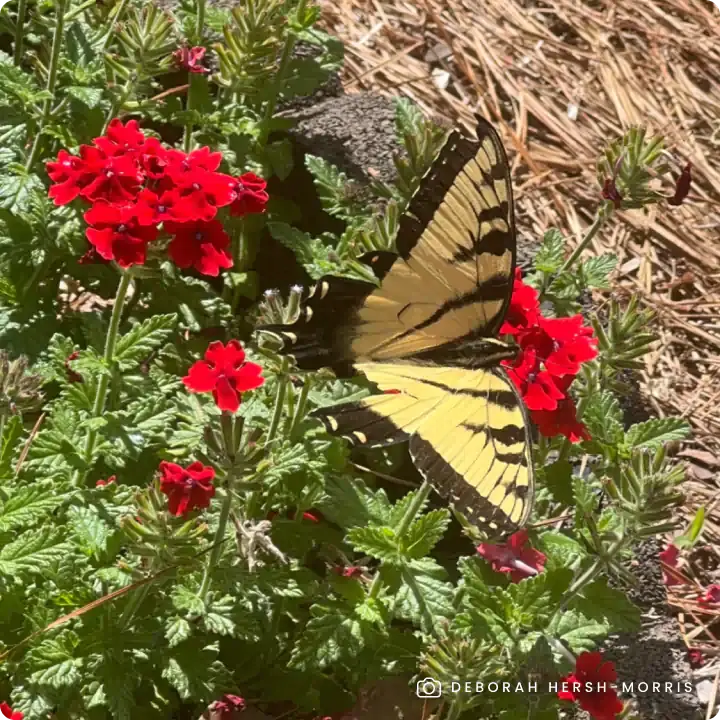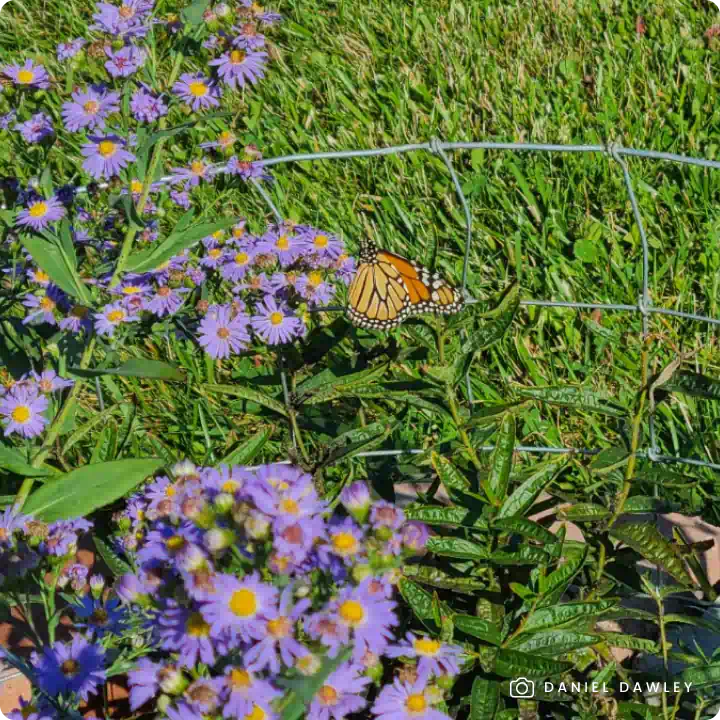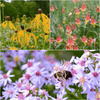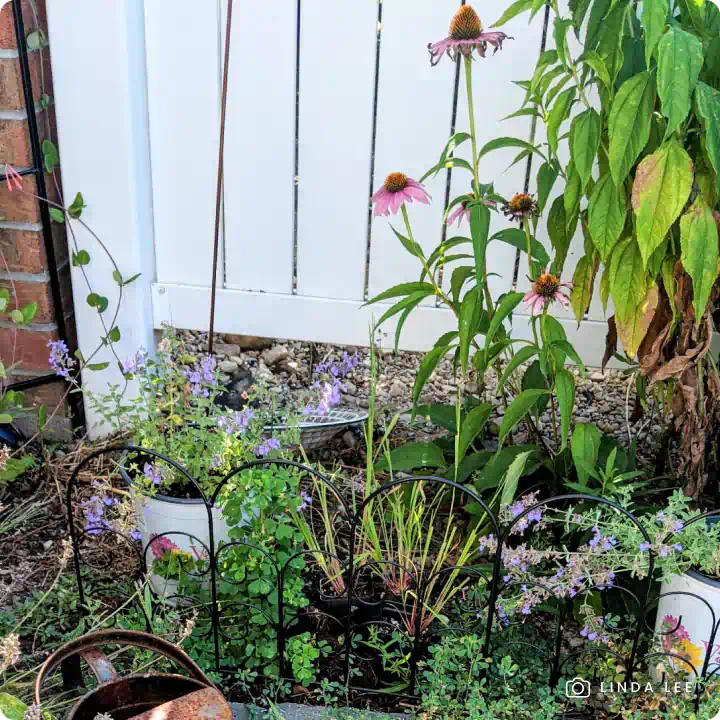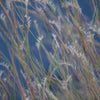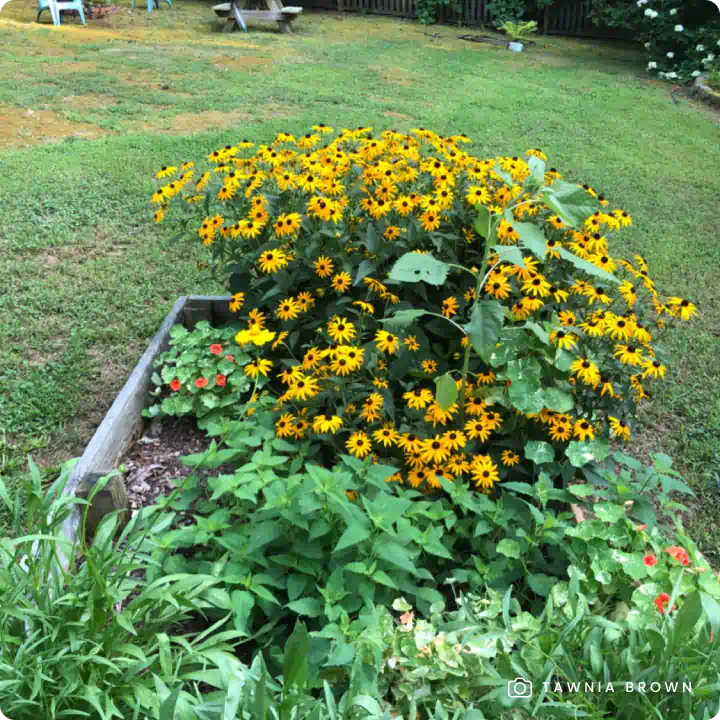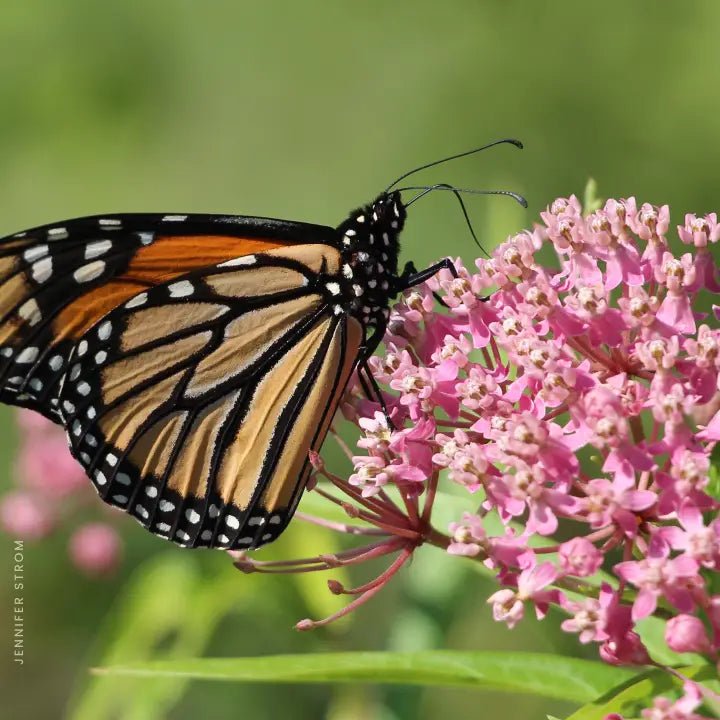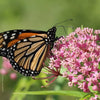The Shady Serenity collection is a thoughtfully curated selection of native plants designed to bring beauty, fragrance, and wildlife to your shaded garden spaces. This collection focuses on plants that thrive in partial shade, offering a serene palette of white and lavender blooms, complemented by aromatic foliage.
What's Included:
- Coyote Mint (Monardella villosa): Known for its highly aromatic foliage, Coyote Mint contributes a pleasing scent to your garden. Its lavender to pinkish-purple flowers bloom from late spring to summer, attracting bees and butterflies, and it can tolerate partial shade.
- Common Yarrow (Achillea millefolium): This adaptable plant thrives in various conditions, including partial shade. Its white, flat-topped flower clusters provide a calming aesthetic and attract beneficial insects from late spring through fall.
- California Aster (Symphyotrichum chilense): Providing crucial late-season blooms, California Aster tolerates partial shade and attracts butterflies. Its flowers, in soft white and lavender tones, appear from summer to fall.
Key Features:
- Shade Tolerant: All three plants in this collection can thrive in partial shade conditions, making them ideal for areas with less sunlight.
- Aromatic Qualities: The collection features the notably aromatic foliage of Coyote Mint, creating a fragrant oasis.
- Continuous Blooms: Enjoy a succession of blooms from late spring through fall, ensuring your garden remains vibrant for multiple seasons.
- Pollinator Support: The plants in this collection attract bees, butterflies, and other beneficial insects, supporting local wildlife.
- Serene Aesthetic: This collection leans into a calm, serene palette of whites and light lavenders, offering a peaceful visual for your outdoor space.
- Pollinator-Safe: Grown non-GMO and free of harmful neonicotinoids, promoting a healthy ecosystem for pollinators and wildlife.
Available in collections of nine, 18, or 27 plants to create a thriving pollinator habitat.
Planting Tips:
- Location: Plant in partial shade with well-drained soil.
- Watering: Water regularly during the first growing season to establish roots. Once established, these plants have low water needs.
- Maintenance: Minimal care required. There's no need to deadhead the flowers, as allowing them to go to seed provides a valuable food source for birds. Leaving the stems standing in the fall offers overwintering sites for beneficial insects. If desired, cut back the stems in late spring after pollinators have emerged.
For more information on planting, view our How to Plant Your Native Plants guide and other planting tips in the Garden for Wildlife Learning Center.
